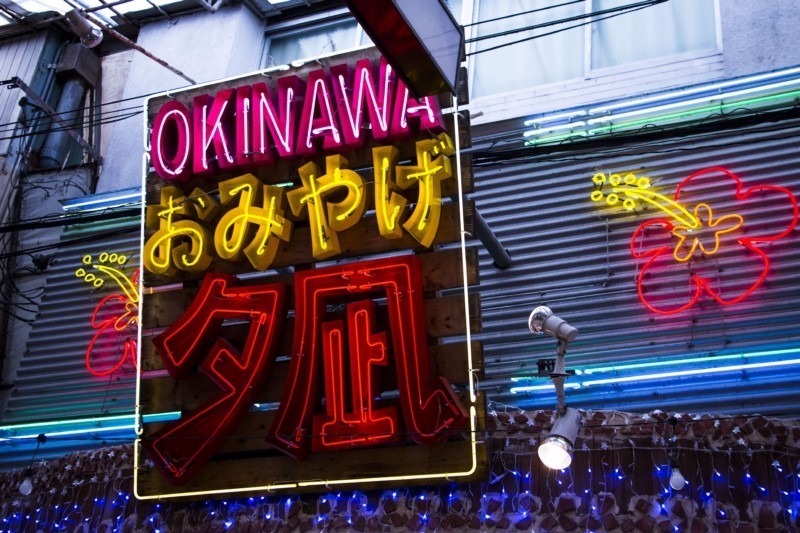Having spent the past 28 years observing the Japanese market and its trials and tribulations, I am always amused by the “is Japan back” question, which I have heard on a number of occasions over the years. Did anyone really ever think that Japan had gone “somewhere else” while we weren’t looking?
Following the so-called bursting of the bubble in the early 90s, Japan endured 13 years of economic stagnation, and “came back.”
Then in 2009, while most businesses and consumers were reeling in the aftermath of “Lehman shock,” we witnessed global contraction in nearly all categories of products and services as consumers valiantly sought to conserve cash, survive and prepare for what they clearly perceived as a diminished future.
Just as Japan was “coming back” (again), the triple disasters of 311 hit and things went haywire. And now, here comes Japan, “back again,” with revived leadership via Prime Minister Shinzo Abe’s three-pronged monetary, fiscal and growth strategies and “Abenomics” having reenergized the country.
This time, consumer confidence has shown an upward trend again, as have department store and other retail sales figures (especially for luxury goods, such as jewelry and expensive watches). Consumer interest in “petite zeitaku” (small luxuries) can be seen across a number of product and service categories, from 7–11 “gold” and “premium” food products such as “Gold Loaf Bread” to higher-priced beer brands from Asahi (“Dry Premium”) and Suntory (“The Premium Malt — Fresh Pack”).
Based on Cabinet Office figures, consumer spending in Japan increased to 312,164 JPY billion in the first quarter of 2013 (from 309,318 JPY billion in the fourth quarter of 2012). This is an historic high for the period from 1994 until 2013, a period in which Japan consumer spending averaged 284,499 JPY billion.
Even without such encouraging results, however, it is always interesting to consider the sheer scale of the Japanese market, even on a bad day.
For example, when Japan slipped from its billing as “the world’s 2nd largest economy” (on or around 2010, depending upon which statistics one chooses to believe), it was reported as a travesty. However, it is important to keep in mind that based on GDP, Japan still remains the world’s 3rd largest economy (at over one-third that of the US, and following China closely).
For reference, the 4th largest economy is that of Germany — with a GDP of US$3.4 trillion (a little over half of Japan’s estimated GDP for 2012). For further reference, Japan’s GDP is more than double that of France, the UK and Brazil, more than triple that of Russia, Italy and India, and more than five times that of South Korea.
In addition, for many industries, Japan represents the second or third largest market in the world, and many of these markets have expanded notably over the past 5 years, including the pharmaceutical market (which grew from US$60 billion in 2006 to US$89 billion in 2011) and the cosmetics market (which grew from US$16 billion in 2005 to US$23 billion in 2011). Other sizable markets include: environmental services (which reached US$703 Billion in 2010), life insurance (US$427 billion in 2012) and IT services (US$102 billion in 2010).
So taking the long-term view, when I hear people pose the question “is Japan back?” it is hard for me to keep a straight face when I answer: “Was Japan ever gone?”
Debbie Howard is Chairman of CarterJMRN and President Emeritus of the American Chamber of Commerce in Japan.
Originally Published in Nikkei Weekly, 11th July 2013
CarterJMRN is a strategic market research agency that has been helping clients with consumers and businesses in Japan and beyond since 1989.
We believe that, although the terrain you face in building a successful marketing strategy and activation path sometimes seems obscure, the path to success is knowable and that the consumer is the guide who will show you the way.
Find out more and get in touch on our site

